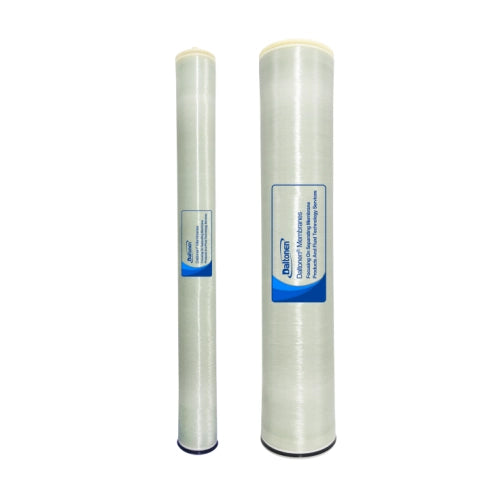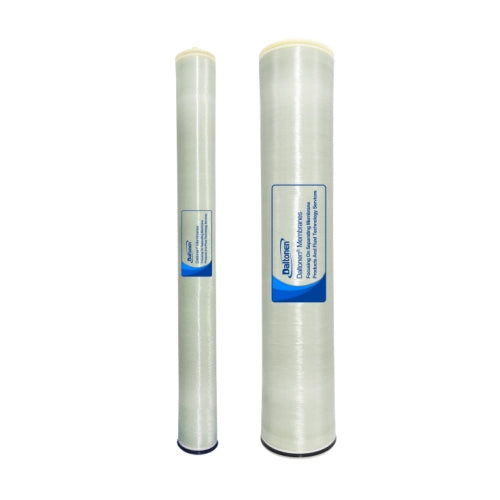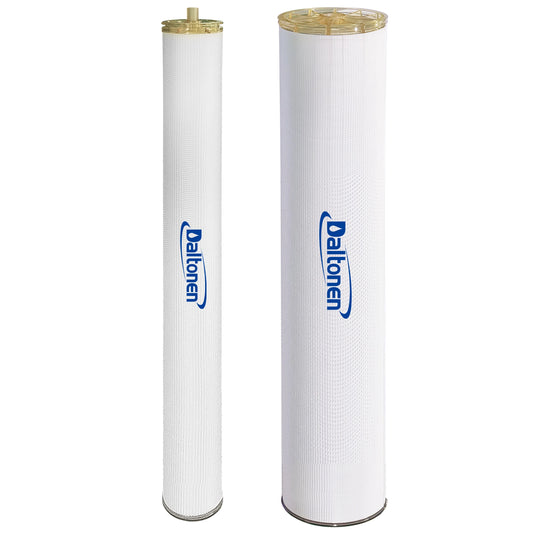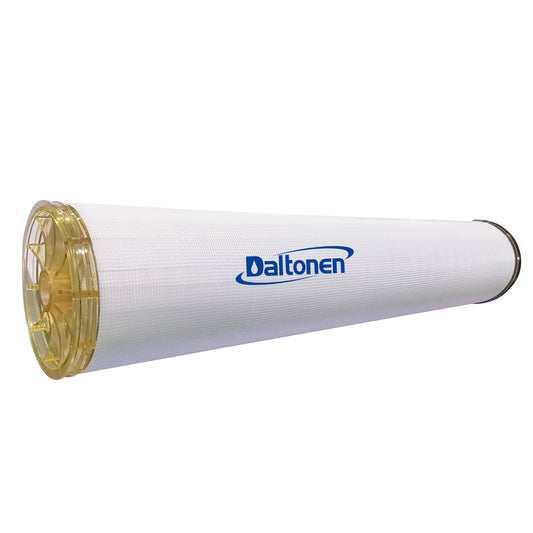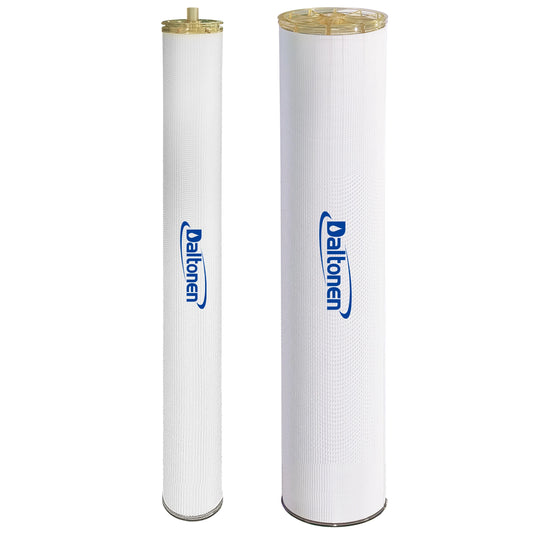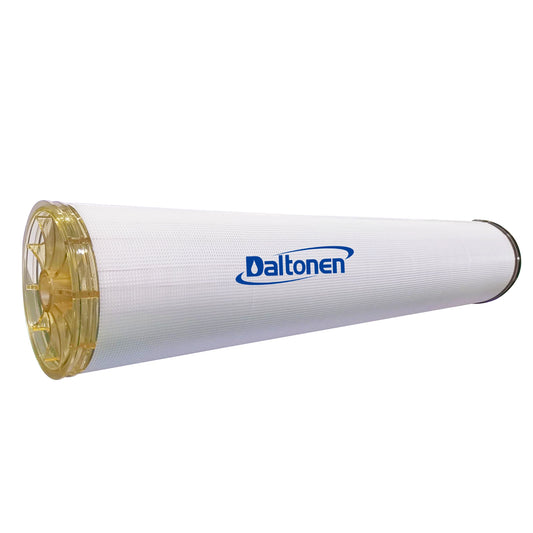Desalination
Application of Reverse Osmosis Membrane Technology in Seawater Desalination
Seawater desalination technology has emerged as a vital water treatment solution in recent decades. Reverse osmosis (RO) technology, in particular, is characterized by low energy consumption, a wide range of applications, short construction periods, and minimal geographical constraints. As water resources become increasingly scarce and water pollution continues to worsen, traditional methods such as water conservation and cross-basin water transfers are insufficient to address the water shortage crisis in coastal cities. Consequently, humanity has turned to the sea for solutions. By utilizing reverse osmosis technology, seawater can be transformed into a sustainable water resource for coastal cities.
Seawater Desalination Using Reverse Osmosis Membrane Technology
Among the various seawater desalination methods, reverse osmosis membranes stand out due to their low investment requirements, reduced energy consumption, and environmental friendliness. It is anticipated that reverse osmosis desalination technology will play a crucial role in the near future.
Principle of Seawater Desalination with Reverse Osmosis Membranes
Reverse osmosis technology involves using a reverse osmosis membrane to separate solvents and solutes in a solution under external pressure. This process effectively removes impurities and salts from water, purifies seawater, and extracts fresh water. A reverse osmosis system typically includes a high-pressure pump, RO membrane components, a regulator, and a cleaning box, which further processes pre-treated raw water into fresh water.
Steps of Seawater Desalination Using Reverse Osmosis Membranes
- Pre-treatment
- Concentration
- Desalination
- Subsequent treatment
Advantages of Dalton Membranes for Desalination
Dalton membrane elements for seawater desalination utilize innovative membrane technology. These membranes feature a robust support layer with high compression density, a thick and dense skin layer, and resistance to wear and chemical degradation. The advantages include:
- High desalination rate.
- High cleaning efficiency, with anti-pressure density and anti-pollution properties.
- Improved overall economic efficiency of the desalination system
